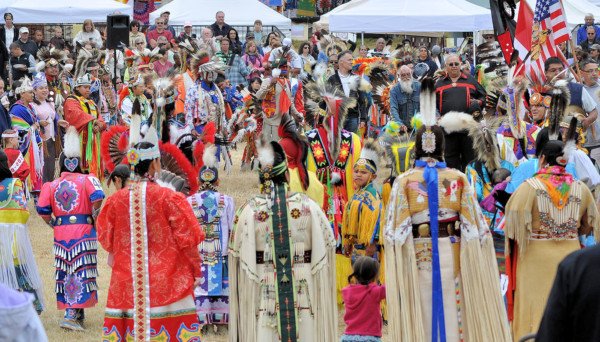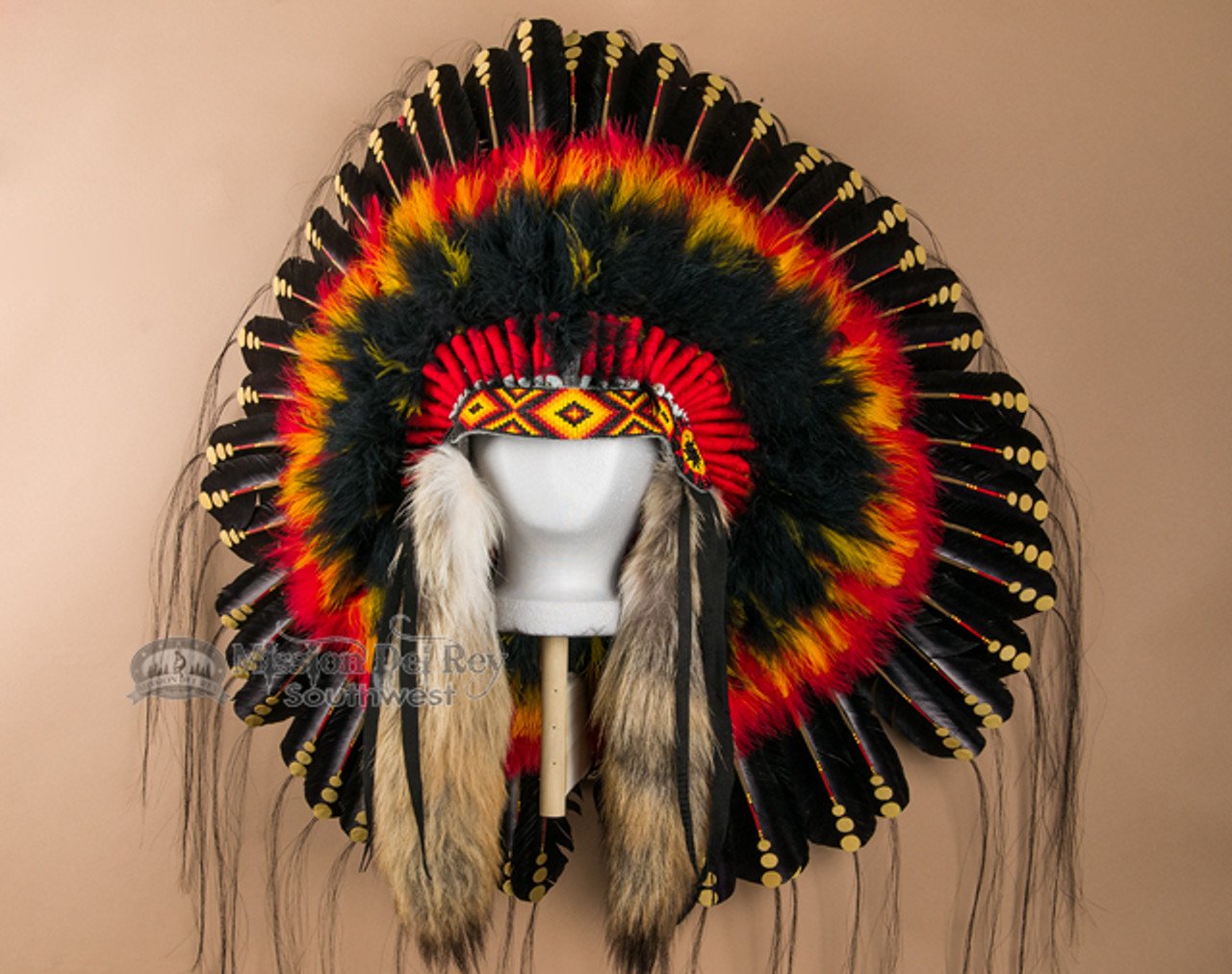Discover the diverse history of Native American clothing, from the use of animal hides and plant fibers to the iconic War Bonnet. Learn about the materials, seasonal influences, and cultural significance behind these remarkable garments.
Native American clothing offers a vibrant and varied tapestry of cultural expression, with each tribe showcasing distinct styles influenced by their environment and available resources. This rich history reveals how Native American attire was not only functional but also deeply symbolic, reflecting the tribe’s connection to nature and their traditions.
Materials and Craftsmanship in Native American Clothing
Native American clothing was crafted from a range of materials sourced from their surroundings. Each tribe utilized what was locally available, which meant that clothing styles varied significantly from one region to another. Commonly used materials included the hides of large mammals such as buffalo, bear, deer, and elk, as well as the pelts of smaller animals. This reliance on natural resources was a testament to the tribes’ deep respect for nature. Every part of the animal was used thoughtfully, ensuring that nothing went to waste.

Leather, fur, feathers, and bones were skillfully fashioned into garments, accessories, and ceremonial attire. In addition to animal products, tribes also harnessed plant materials to create their clothing. They wove fibers into intricate patterns or used strips of grass for binding, resulting in beautiful, textured items that were both practical and aesthetically pleasing.
Seasonal and Geographic Influences on Native American Clothing
The design of Native American clothing was heavily influenced by the seasons and the geographical location of each tribe. For instance, in sub-Arctic regions, clothing often consisted of simple leather garments such as breechcloths, fur-lined trousers, and boots to provide warmth and protection. Conversely, tribes in more temperate or warmer climates adapted their attire to suit their environmental conditions.
The Iconic War Bonnet: A Symbol of Native American Clothing

One of the most iconic elements of Native American clothing is the War Bonnet, also known as the Native Headdress. This striking and symbolic piece of attire is most closely associated with the Great Plains tribes. The War Bonnet, adorned with eagle feathers, represents bravery and spiritual power. Eagles were considered sacred, and their feathers were earned through acts of valor and significant achievements. The process of creating a War Bonnet involved painstakingly collecting feathers over time, each feather representing a deed or honor.
Textile Innovations in Native American Clothing
The history of Native American clothing also highlights their innovative use of textiles. Across the continent, from Alaska to Mexico, tribes developed sophisticated techniques for making garments from plant fibers and animal hair. These textiles ranged from hats and capes to dresses and shoes, showcasing the tribes’ resourcefulness and environmental awareness. The use of plant-based materials demonstrated an early form of eco-friendly fashion, with every component of their clothing being thoughtfully sourced and utilized.

In southern regions, where large animals were scarce, tribes ingeniously adapted by using the skins of smaller animals to create blankets and clothing. This practice illustrates their ability to make the most of available resources and their deep understanding of sustainable living.
A Rich and Diverse Legacy of Native American Clothing
The history of Native American clothing is a testament to the diversity and adaptability of indigenous cultures. Despite variations in materials and styles due to geographical differences, a common theme throughout is the use of animal skins, particularly those of larger mammals like buffalo and deer. This enduring connection to their environment highlights the tribes’ reverence for nature and their skill in crafting garments that were both functional and rich in cultural significance.